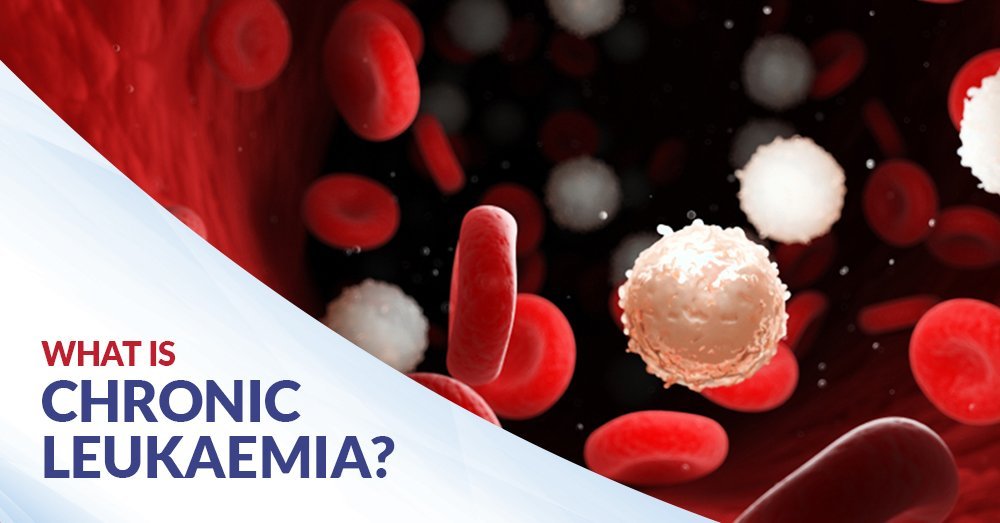
Causes
Symptoms
Diagnosis
Treatment Options
FAQ
What are the main types of chronic leukaemia?
There are two main types of chronic leukemia: chronic lymphocytic leukemia (CLL) and chronic myeloid leukemia (CML). CLL affects a type of white blood cell called lymphocytes, while CML affects another type of white blood cell called myeloid cells.
What are the symptoms of chronic leukaemia?
The symptoms of chronic leukemia may vary depending on the type of leukemia and the stage of the disease. Common symptoms include fatigue, weakness, pale skin, frequent infections, enlarged lymph nodes, easy bruising or bleeding, unexplained weight loss, night sweats, and abdominal discomfort or swelling.
What causes chronic leukaemia?
The exact cause of chronic leukemia is not fully understood. However, certain factors may increase the risk of developing this condition, including genetic predisposition, exposure to radiation or certain chemicals, and age (it's more common in older adults).
CONSULTATION HOURS
Monday to Friday : 4.30 pm to 10 pm
Saturday: 2 pm to 5 pm
info@drsrikanth.org.in
Phone Number
+91 72001 65148
+91 93447 46686


